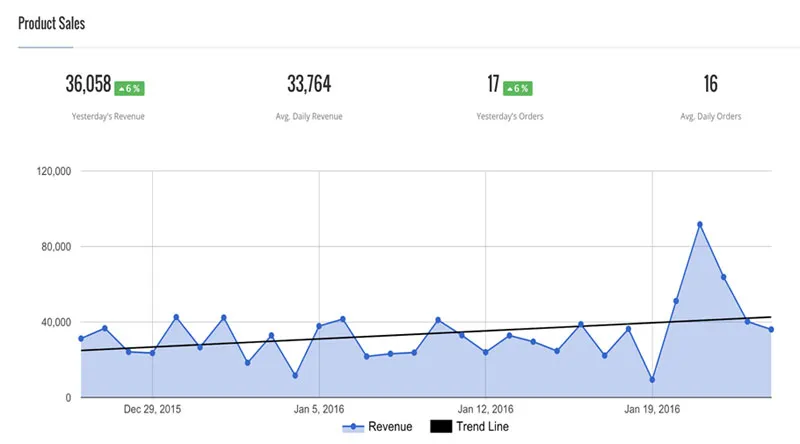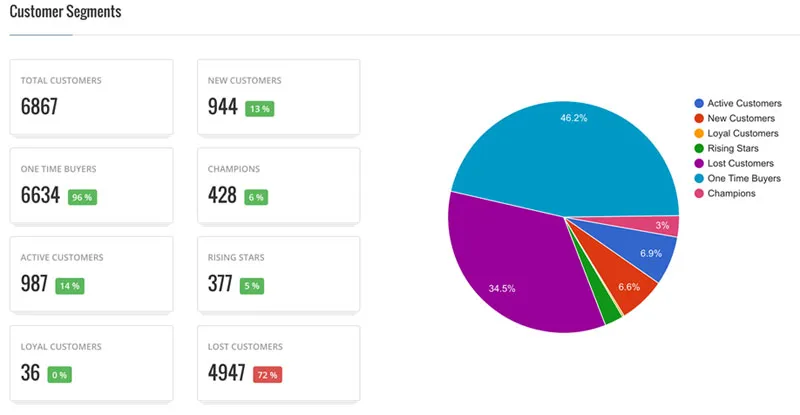5 Key Metrics Every Retailer should Focus on a Daily Basis
Most of the offline businesses in India generally underestimate the value of data they generate within their stores, which can be leveraged by them to increase their sales and bring in more efficiency in their day to day tasks. We have been talking to and working closely with some of the retailers for the last 6 months to understand their business and see how technology can play a role in helping them accelerate their growth . This would apply to most of the consumer facing retail stores (grocery, apparel, electronics, etc.), restaurants and to some extent places like spa and salons.

Here is a list of 5 simple and essential metrics we came up with which these entities should follow religiously on a daily basis:
- Daily Revenue
This is the total amount of money received for goods sold or services provided during a day. Even though a lot of store owners keep track of their daily revenues, but it becomes a really powerful metric when you compare it with your average daily revenue or the revenue on the same day last week. Ideally, a day for a store owner or a manager should start with looking at this metric and then planning accordingly.

- Daily Orders and Average Order Size
Keeping track of daily orders is as important as daily revenue. Average order size is basically the revenue you are getting per order. A lot of businesses strive very hard to improve this metric by applying algorithms like Market Basket Analysis or by keeping certain items near the billing counters etc. In case of online stores, you must have seen Amazon and Flipkart showing you “People who bought this also bought this” kind of ads to increase their average order size. One reason why average order size is a key metric is that this can help you increase your overall sales without spending any extra marketing money. It’s basically optimising on the people already visiting your store and trying to sell them more.
- Order to Customer Ratio
This metric is basically a ratio of the number of orders where you collect customer data to the total number of orders placed on any particular day, or in simple terms how many customers’ data you have collected. How many times have you been asked by an offline store for your name or number or any other detail while billing? Most of the offline retailers don’t really focus on the value of collecting customer data. One great advantage of collecting this data is that it will help you understand your customers and maybe provide them a personalized experience. This is one reason why you have to enter your details while purchasing anything online because in the backend they keep building your customer profile which they can use to enrich your buying experience.
- Customer Segments
This metric is tightly coupled with order to customer ratio. Once you start collecting your customer data, it will help you in uncovering various customers segments, like your loyal customers, first time buyers, lost customers, new customers, etc. These segments are very essential in understanding the behavior of customers at your store.

- Sales per Square Feet
This is a metric to capture your total sales with respect to the store size. This is one metric which store owners generally ignore mostly because they don’t realize its importance. In general, every single square feet of your store has a monetary value associated with it and you should maximize your returns on it. In case of retail, the best way to optimize this is to understand what kind of products are selling the most and place them at appropriate positions. In case of F&B or spa and salons, this is tightly coupled with average order size and you need to basically combine your low value items into some value packages to lure customers into buying the package and not individual items.
- These are some of the essentials metrics we have collected while working with our customers over last 6 months or so. Though there might be some other essential metrics pertaining to your business but the ones we listed generally provide a good starting point to people who don’t really use their data in any form.
- If you are an offline vendor and struggling to get a hold of your data, we can be of help. Please visit our website https://custtap.com to get a better idea about our product or drop me a line at [email protected] .
(Disclaimer: The views and opinions expressed in this article are those of the author and do not necessarily reflect the views of YourStory.)











